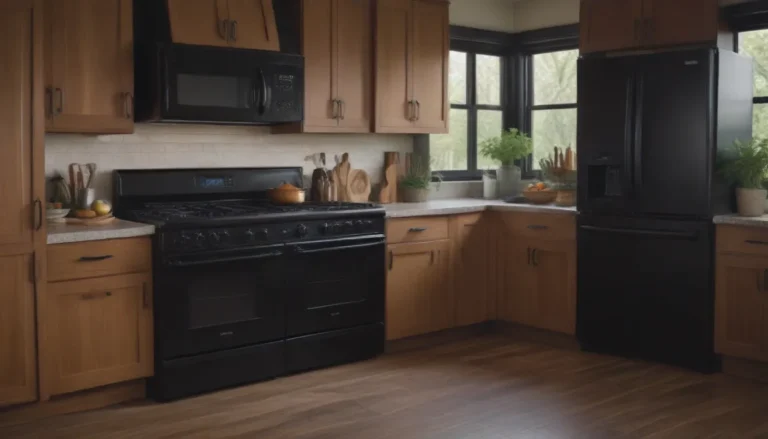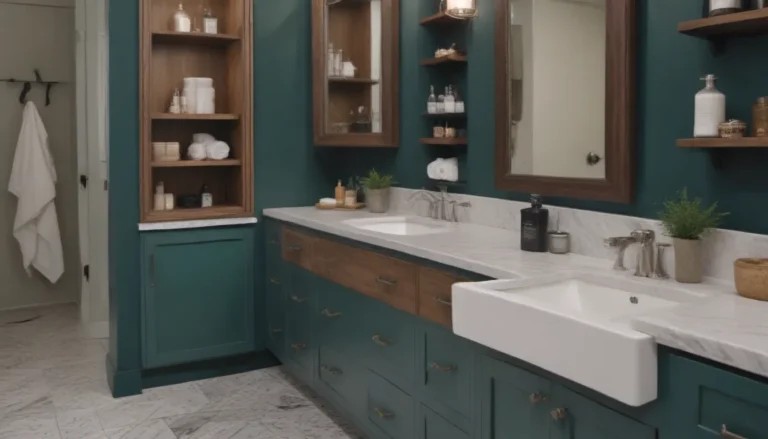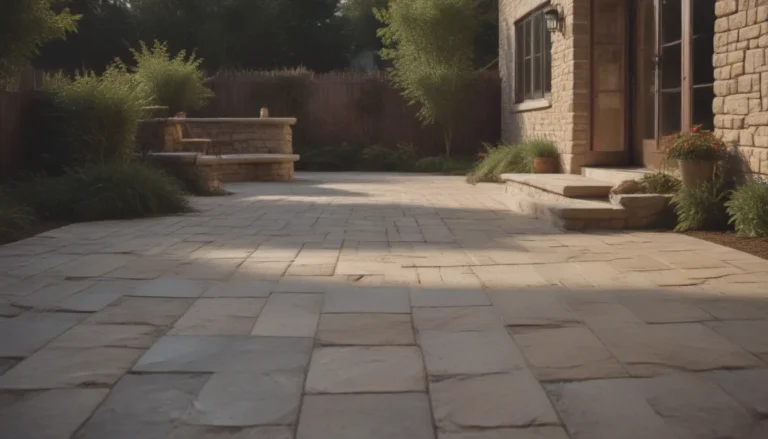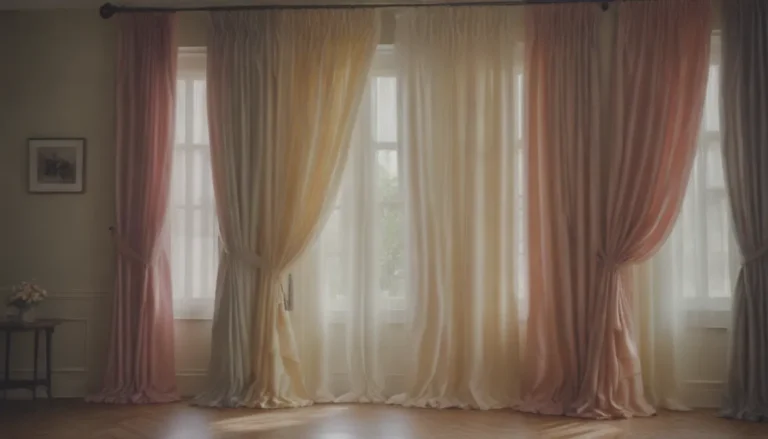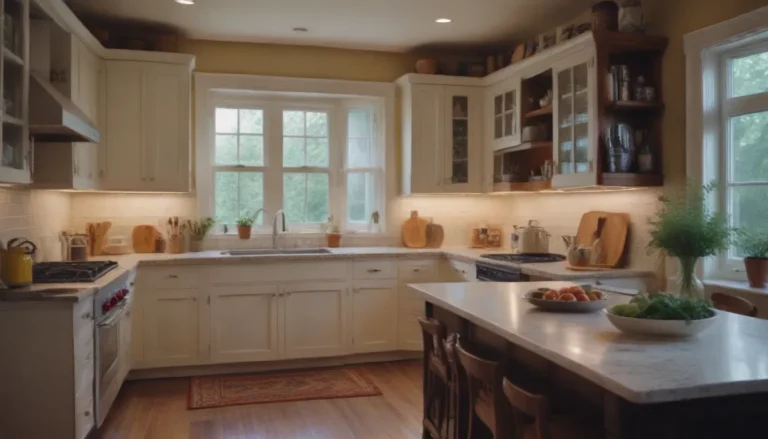Understanding Modern vs. Contemporary Design Styles: A Comprehensive Guide
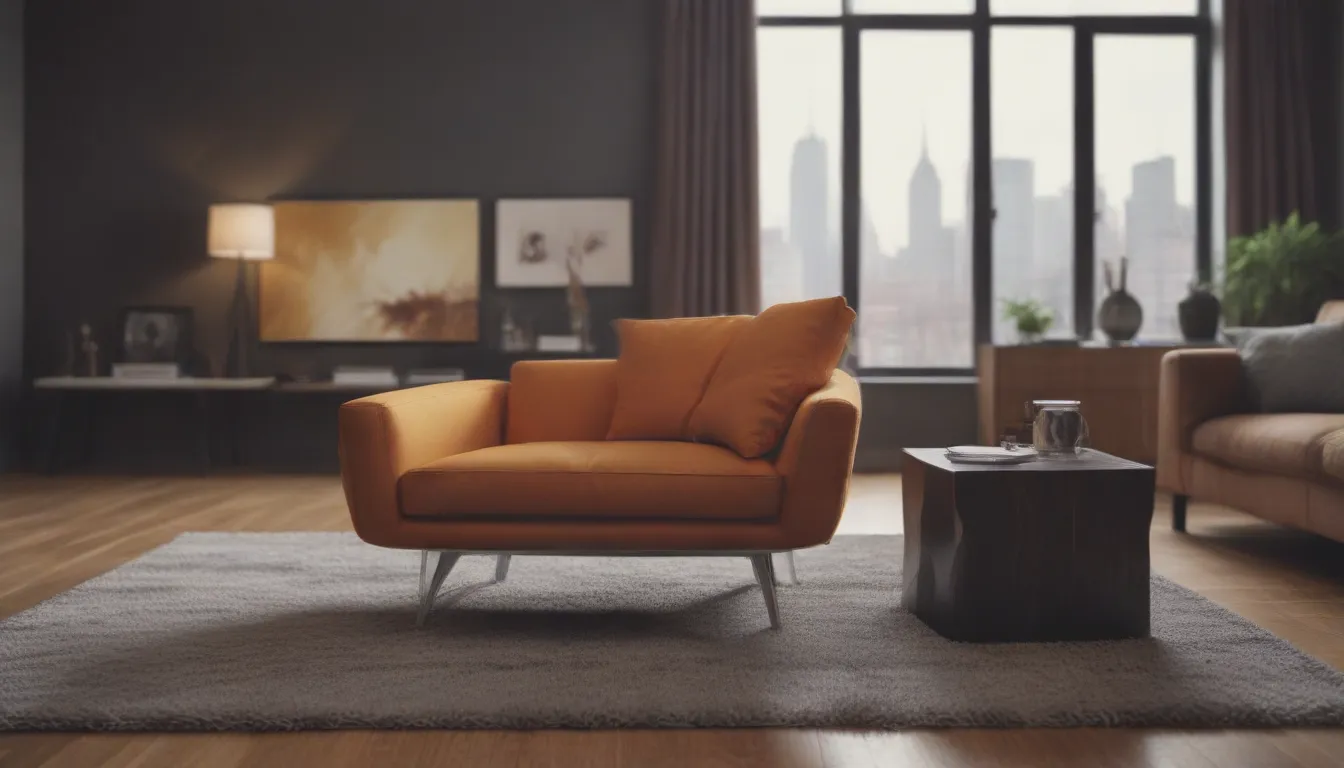
Are you someone who struggles to distinguish between modern and contemporary design styles? You’re not alone. While these terms may sound interchangeable, they actually represent two distinct approaches to interior design. In this article, we’ll delve into the nuances of modern and contemporary design, exploring their similarities, differences, and key characteristics. So, grab a cup of coffee, sit back, and let’s unravel the mystery of these two design styles together.
What Are Modern and Contemporary Styles?
Before we dive into the specifics of each design style, let’s clarify the definitions of modern and contemporary design.
- Modern Style: Rooted in the early to mid-1900s, modern style features strong lines and natural colors. It emerged from the modernism movement, influenced by German Bauhaus design and Scandinavian emphasis on simplicity and function.
- Contemporary Style: Reflecting current design trends, contemporary style is ever-evolving and borrows elements from various design movements like modernism and postmodernism. It is characterized by its adaptability and responsiveness to the present moment.
Exploring Modern Style
If you’re drawn to the sleek, functional aesthetic of bygone eras, modern style might be right up your alley. Here’s a closer look at what defines modern design:
- Origins: The modernism movement, which originated in the late 1800s, laid the foundation for modern design.
- Characteristics: Clean lines, minimalism, and a focus on functionality define modern style. Midcentury modern and postmodernism are offshoots of the original modern design.
- Aesthetics: Midcentury modern incorporates bold colors, while postmodernism embraces whimsy and irony.
Decoding Contemporary Style
Contemporary design, on the other hand, is all about embracing the present moment and adapting to changing tastes. Here’s what you need to know about contemporary style:
- Evolution: Initially a blend of modernism and postmodernism, contemporary design draws inspiration from various styles like Art Deco and deconstructivism.
- Flexibility: As trends evolve, contemporary design evolves with them, making it a versatile and ever-changing style.
Unveiling the Similarities
While modern and contemporary design have their unique characteristics, they also share some common ground. Here are some key similarities between the two styles:
- Clean Lines: Both styles favor simple, uncluttered spaces with smooth, clean lines.
- Artistic Flair: Contemporary and modern design incorporate artistic elements that add visual interest to a space.
- Material Choices: Exposed wood, metals, and glass are prominent in both styles, creating a sense of cohesion and continuity.
Contrasting the Differences
To truly understand the distinction between modern and contemporary design, it’s essential to highlight their differences. Here’s a breakdown of the key differentiators:
- Aesthetic Appeal: Modern design exudes warmth and coziness with natural elements like wood, while contemporary design leans towards sleekness and ornamentation.
- Furniture Styles: Modern furniture features strong lines and practicality, while contemporary furniture is more ornamental and curvaceous.
- Color Palette: Modern design favors muted, earthy tones, while contemporary design embraces contrasting colors like black and white, with pops of bold hues.
Choosing the Right Style for You
When it comes to selecting between modern and contemporary design, consider your aesthetic preferences and lifestyle. Here’s a quick guide to help you make the right choice:
- Modern Style: Ideal for those who appreciate a timeless, functional aesthetic with warm, natural colors. Works well for individuals who prefer a cohesive design theme throughout their home.
- Contemporary Style: Perfect for trendsetters who enjoy staying current with decor trends and are willing to adapt to changing styles. Suited for those who prioritize form and ornamentation over functionality.
In conclusion, modern and contemporary design styles offer distinct approaches to interior decor, each with its unique charm and appeal. Whether you’re drawn to the classic elegance of modern design or the dynamic versatility of contemporary style, there’s a design aesthetic to suit every taste and preference. Remember, the key is to embrace your personal style and create a living space that reflects your individuality and creativity. So, go ahead, explore, and unleash your inner designer!
